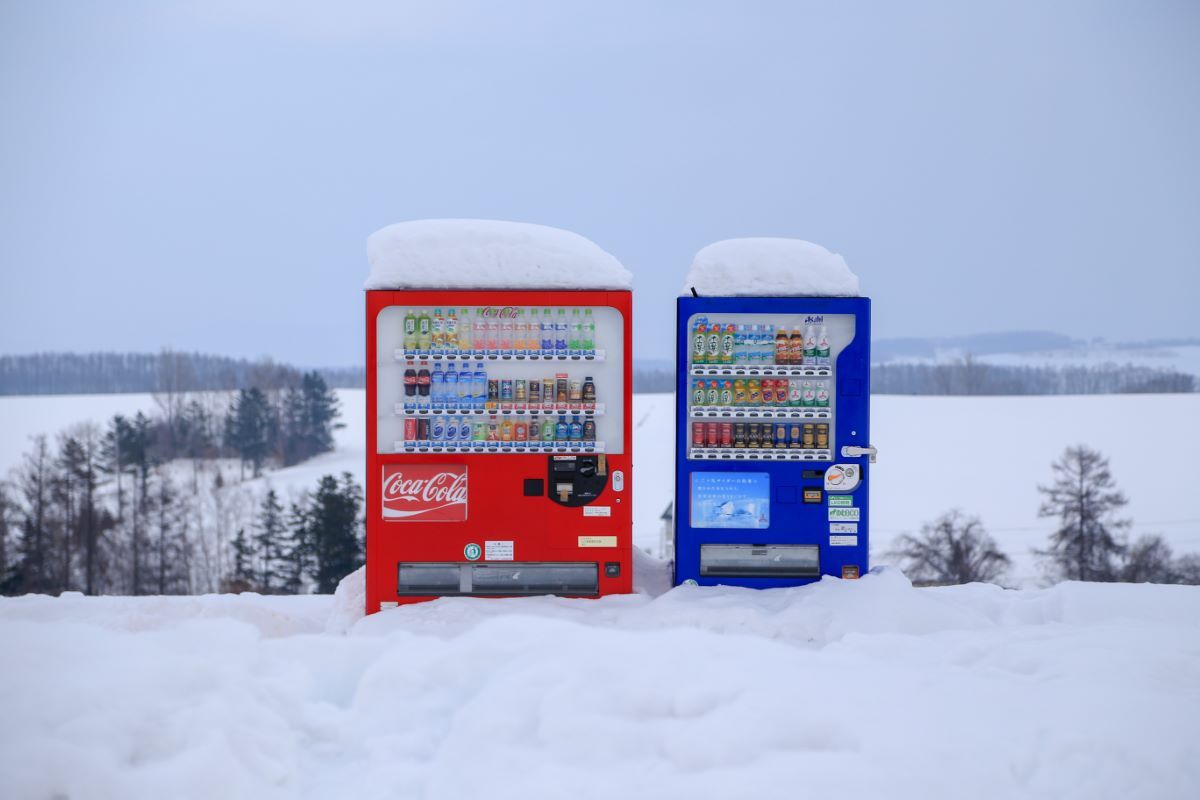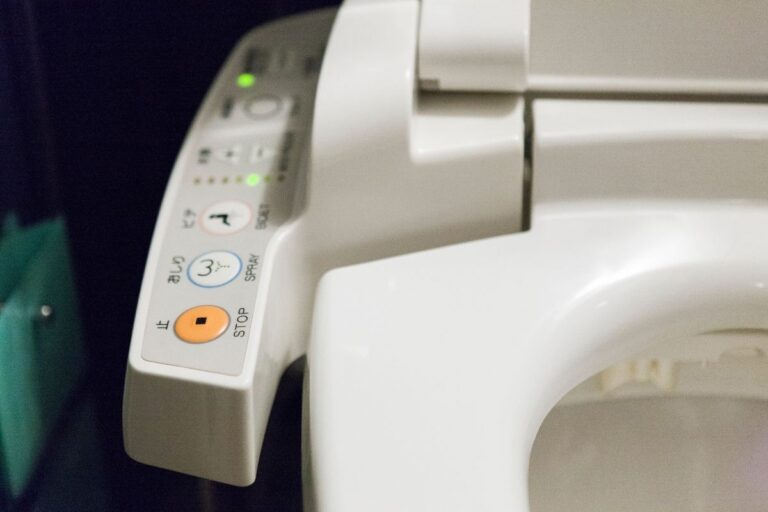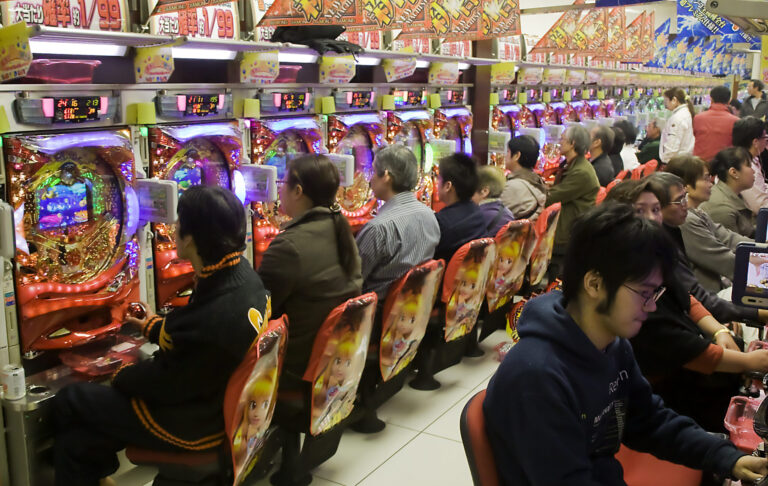Japan has the largest per-capita amount of vending machines in the world, meaning that for about every 23 people, there’s one vending machine to be found down some alley, at some corner shop, at the train station, or even at a shrine.
Japan makes an ideal environment for the vending machine because crimes such as vandalism are pretty low; most people walk, bike, or use trains to get to places rather than drive; and there are many areas with large population densities. Besides food and drink that’s ready to be ingested, you can buy many things at vending machines, including fresh meat, eggs, and seafood for cooking later (saves a trip to the grocery store or market); MP3 players; potted plants; toys; books; and underwear. (Yes, underwear.) You can even buy items for which you need to be 18 or 20 (the legal adult age in Japan), such as alcohol, cigarettes and porn magazines, and there’s often no one there to check your ID! (However, that may be changing. In 2008, a new “smart card” system called Tapso requires cigarette machines to only sell to those who scan their Tapso card. The Tapso card is issued only to those who can prove they are of age.)
However, the vast majority of vending machines do sell non-alcoholic drinks and food that you can drink or eat the minute you purchase the item. The types of refreshments you’ll find at Japanese vending machines are much different and varied than that you’d find in the West. For one, you’ll find a much smaller selection of soda pop. Bottled tea in multiple flavors is by far the biggest vending machine seller, followed by juice and coffee. You’ll also find health drinks and yogurt-based drinks.
Vending machines that sell food can warm up the food if applicable. So you can grab snacks or ice cream, but you can also get hot soba noodles, french fries, fried chicken, hot dogs, grilled fish, takoyaki (octopus meat in ball-shaped dough), and taiyaki (a red bean paste dessert), to name a few. As for cold food, you can get items like sushi and rice balls, the latter of which is a staple of the Japanese diet.
Coins are the traditional method of payment, but as the Japanese become more and more dependent on their cell phones, newer vending machines have cell phone payment options. You just scan your cell phone reader (Japanese cell phones are a bit more advanced than those in the West) and the amount of the item is added to your cell phone bill!
Have you ever seen a Japanese vending machine? What did you buy? Do you use vending machines often? Would you use vending machines more often if they sold items as varied items as those in Japanese vending machines?
No related posts.
Tags: Food, japan, japanese business, japanese culture, lunches




